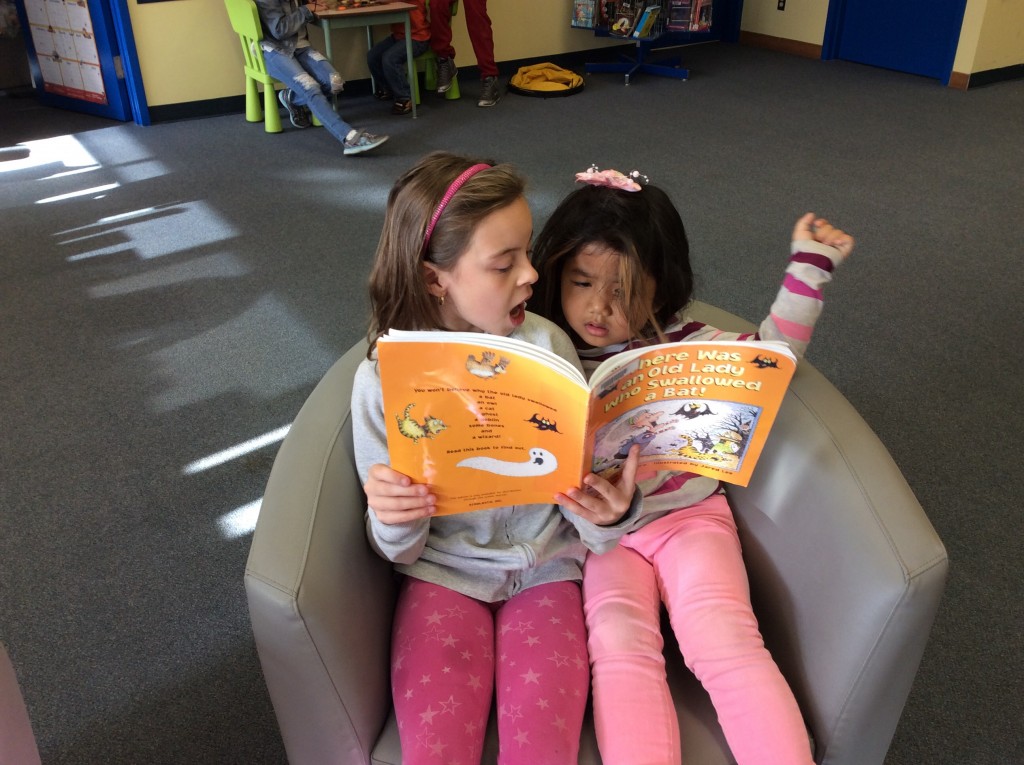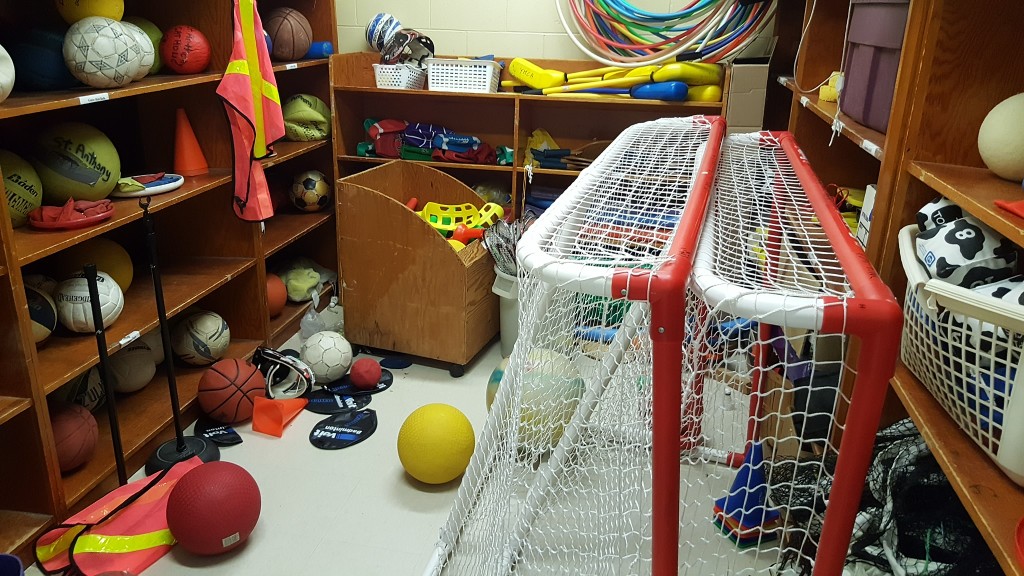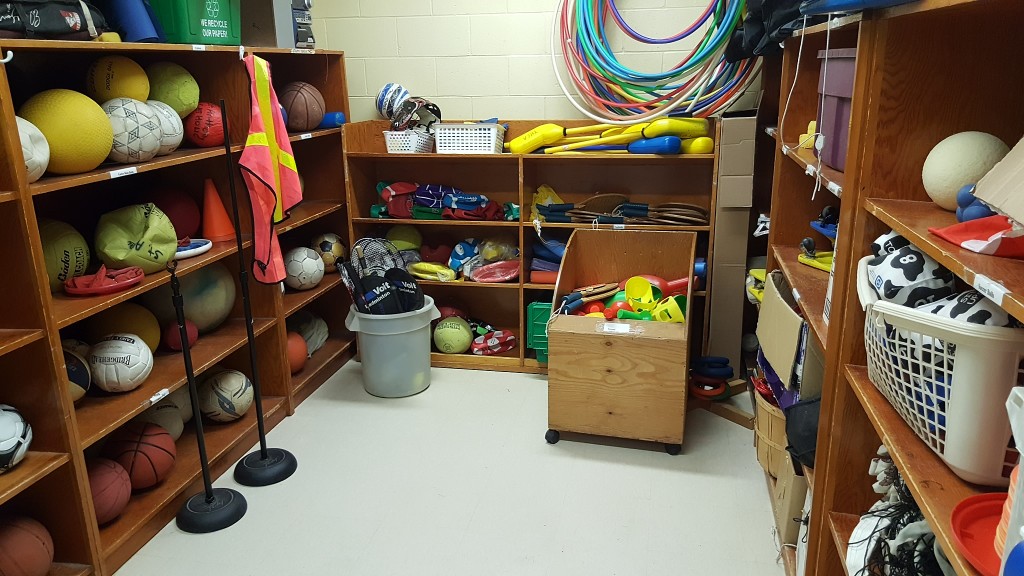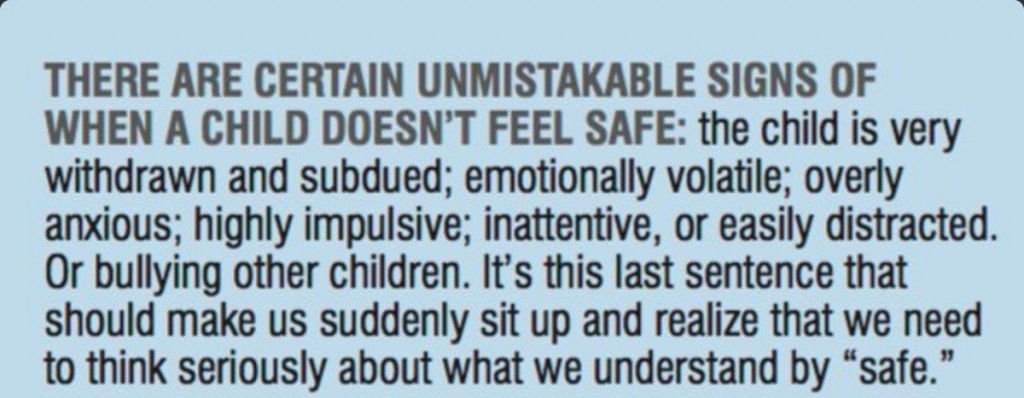Problems are not stop signs, they are guidelines.
Robert H. Schuller

Photograph by Külli Kolina
In this beautiful capture we peek above the canopy in Meenikunno Nature Park, Estonia. I love the way the photo captures the differing heights and groups of trees.
It also randomly reminded me of the quote: “Can’t see the forest for the trees.” Which is a common expression used to describe people who are too focused on the details of a problem to see the bigger picture and situation as a whole.
Great article on SEL – included all of here – more at this
linkIs Your Child Misbehaving or Stress-Behaving?
Imagine that your child came down with a fever of 102 and was vomiting, yet instead of taking him to the doctor or putting him to bed you reprimanded him: Put him on a time-out and grounded him for a week. The truth is, it would never occur to you that he was choosing to be sick and needed to be taught a lesson. No, your first reaction would be to make sure he got plenty of bedrest and fluids and medicine if he needed it. Because in your mind there’s a world of difference between misbehaving and being ill.
Well, modern neuroscience is telling us there is every bit as great a difference between misbehavior and stress-behavior. And if we get this wrong – if we treat stress-behavior as if it were misbehavior – we can make our child’s problems considerably worse. And in the process, raise our own parenting stress immeasurably.
The key to misbehavior is that the child could have acted differently: That he was aware he shouldn’t have done something, was capable of exercising restraint. We see him as having acted for the wrong reasons, e.g., because he was selfish, or maybe just weak. What we’re trying to accomplish when we punish misbehavior is to mold our child’s character: Help him develop a sense of right and wrong and self-discipline.
[Positive Parenting: How to End Your Yelling and Be a Less Frazzled Parent]
But in the case of stress-behavior, the child is not fully aware of what he’s doing. He has a limited capacity to restrain himself, or even to process what we’re saying. He didn’t act the way he did for the “wrong” reason; he didn’t act for any reason at all! Rather, his behavior was triggered by systems deep inside the brain that, when a child is under too much stress, heighten impulses while restricting the very parts of the prefrontal cortex needed to refrain from acting on such impulses. Punish a child for what was actually a stress-behavior and all you do is add to the child’s stress load, and your own.
Just as a child’s face gets flushed or his eyes glassy when he has a fever, there are tell-tale signs of when we’re dealing with stress-behavior. His complexion is pasty, he displays little facial expression, his pupils constrict, his voice becomes strained and higher-pitched. The more we understand what is happening physiologically, the clearer it becomes that we need to reframe his behavior and see his heightened impulsivity, fearfulness, difficulty ignoring distractions, trouble listening, negative outlook, erratic mood swings, not as the result of poor self-control but rather, as signs of excessive stress.
The solution here is to work on the child’s ability to self-regulate. Self-regulation refers to how we manage stress: Recognize when we’re becoming over-stressed, and why, and what to do about it. I developed Self-Reg to guide you through this process. The first step is the reframing. Then we need to figure out what your child’s unique stressors are and how to reduce them. This is often harder than it sounds, because children and youth must contend with an untold number of stressors today, hidden as well as overt. Even in cases where some particular stressor stands out – say, emotional, or social – we need to consider whether there is a subtler stress at play, say, something sensory or cognitive. “Sensory” stressors are things like noise, too much visual stimulation, smells, crowds. “Cognitive” stressors are patterns that your child finds it hard to recognize, even very simple patterns, like the connection between a facial expression, a tone of voice, and how someone behaves.
[Read Maria Shriver’s latest ‘I’ve Been Thinking’ essay]
Stress-behaviour occurs when a child is in a state of low energy coupled with high tension. This might be because of what she’s doing at school or in her free time, or, every bit as important, what she’s not doing. What is absolutely crucial is to help her learn what it feels like to be truly calm, and then help her develop strategies to get back to calm when she feels herself becoming agitated. But there is no “one-size fits all” way of doing this. Every child is different and changing all the time! What one child finds calming – say, yoga or a breathing exercise – another might find agitating. So you have to experiment to find out what works best. Is it playing on the swings, going for a walk, listening to music, building a fort, working on an art project…? The possibilities are endless and, what’s more, fun to explore, for both of you!
Self-Reg completely changes the way we see and react to our child’s behavior. In place of a sudden feeling of irritation, anger, or frustration, we find ourselves asking, “Why?” and even more to the point, “Why now?” What is causing this behavior?” rather than “How do I curtail this behavior?” It is quite remarkable how much this simple aspect-shift lowers our own stress and, not surprisingly, facilitates the kind of connection with our child that fuels their growth, and our own as well. But the ultimate goal here is self-regulation, in ourselves, and in our child. Both of us need to recognize when we are in the grip of a stress-behavior, and what to do about it. This essential knowledge will enable each of us to cope much more effectively, together, with all the stresses we are both going to experience as he or she grows up.
St. Anthony Today
Pizza Day!!
Swimming at Plant Bath grade 5/6 class
Goodlife Fitness M Chartrand’s class
Use it or certainly lose it – Virtual Field trip coming up November 14th






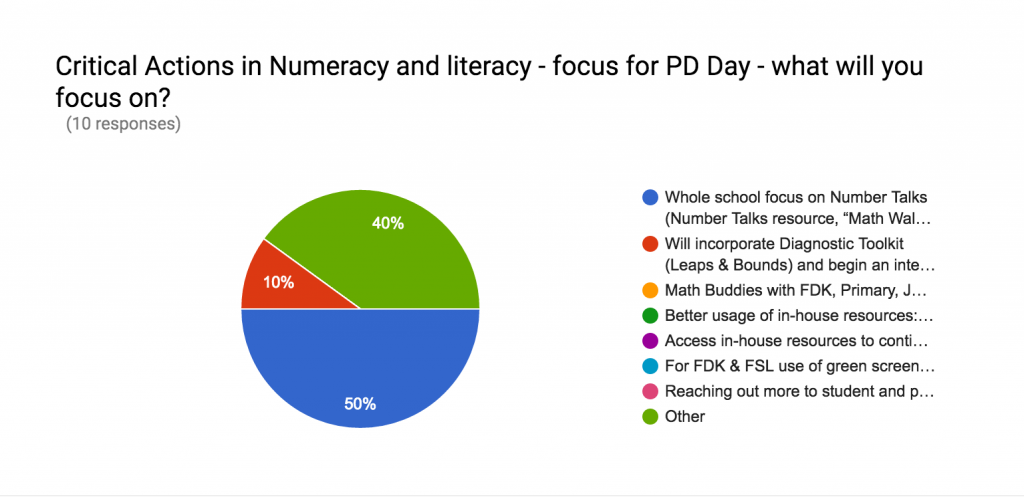





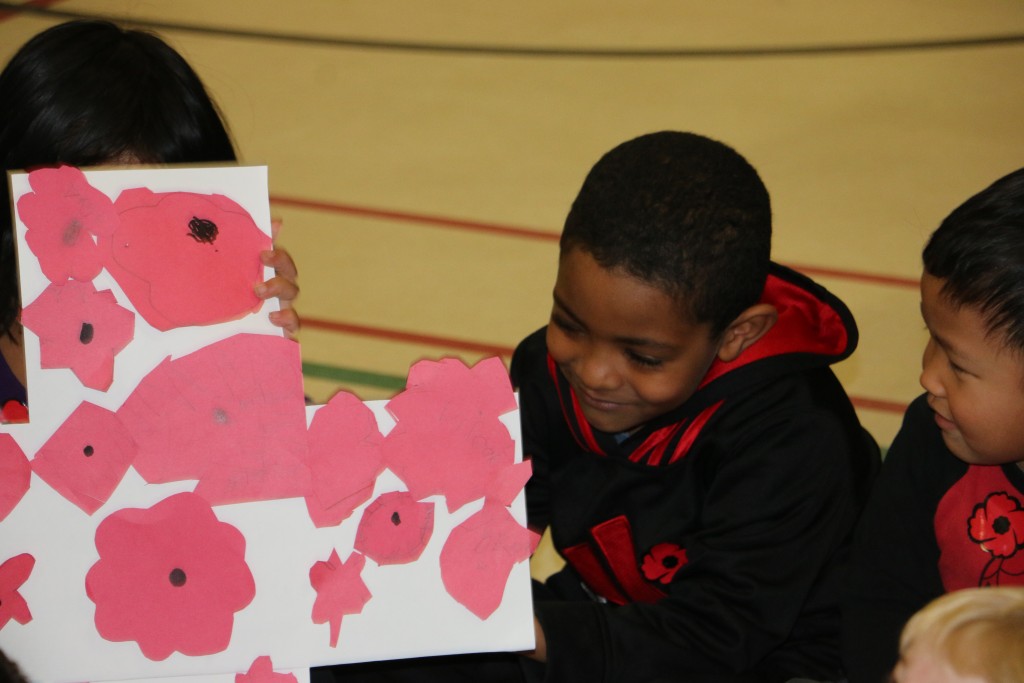





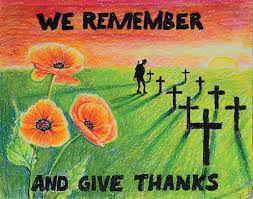


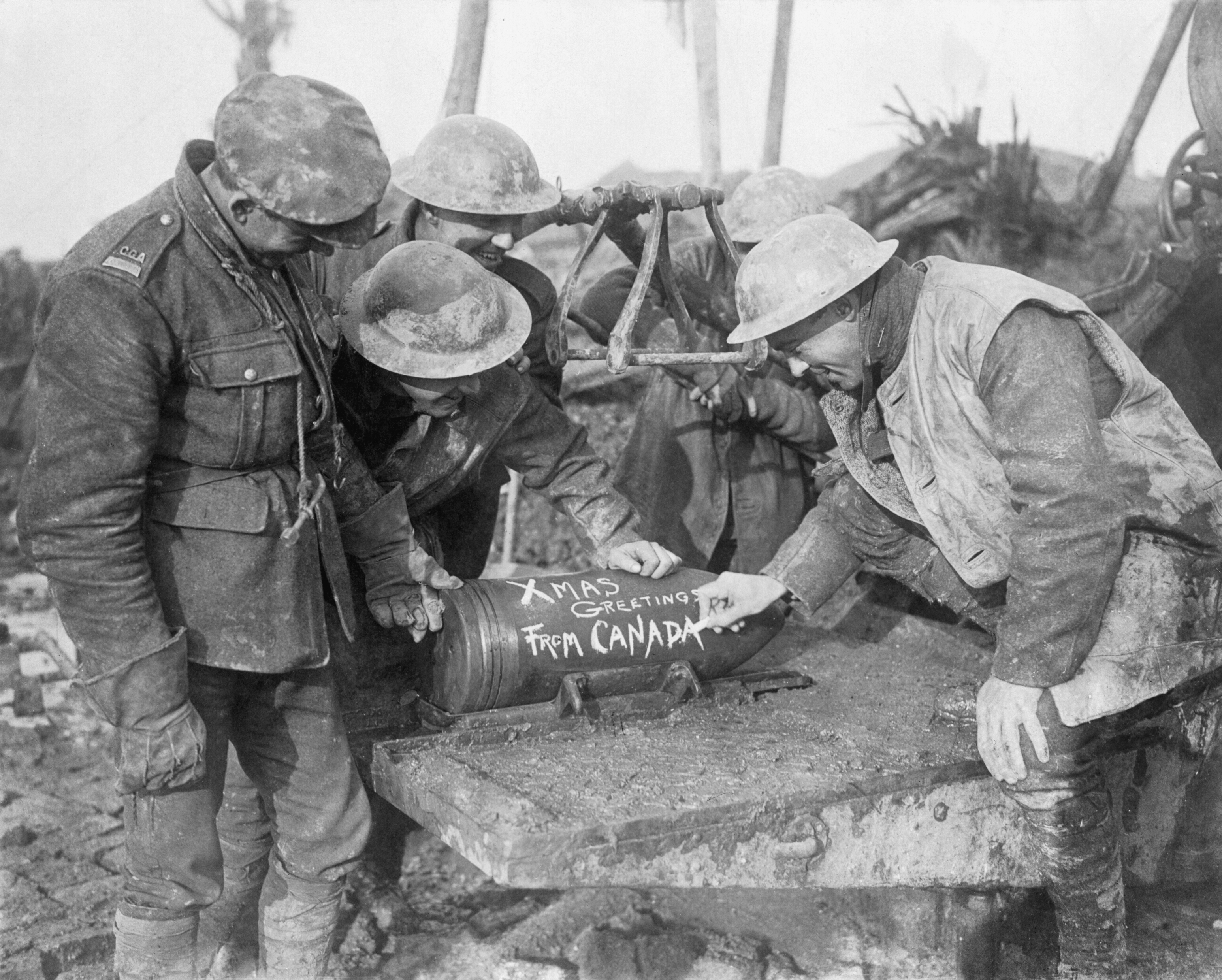


![[IMAGE DESCRIPTION]](http://cdn.theatlantic.com/assets/media/img/posts/Cordell_recess_post.jpg)

